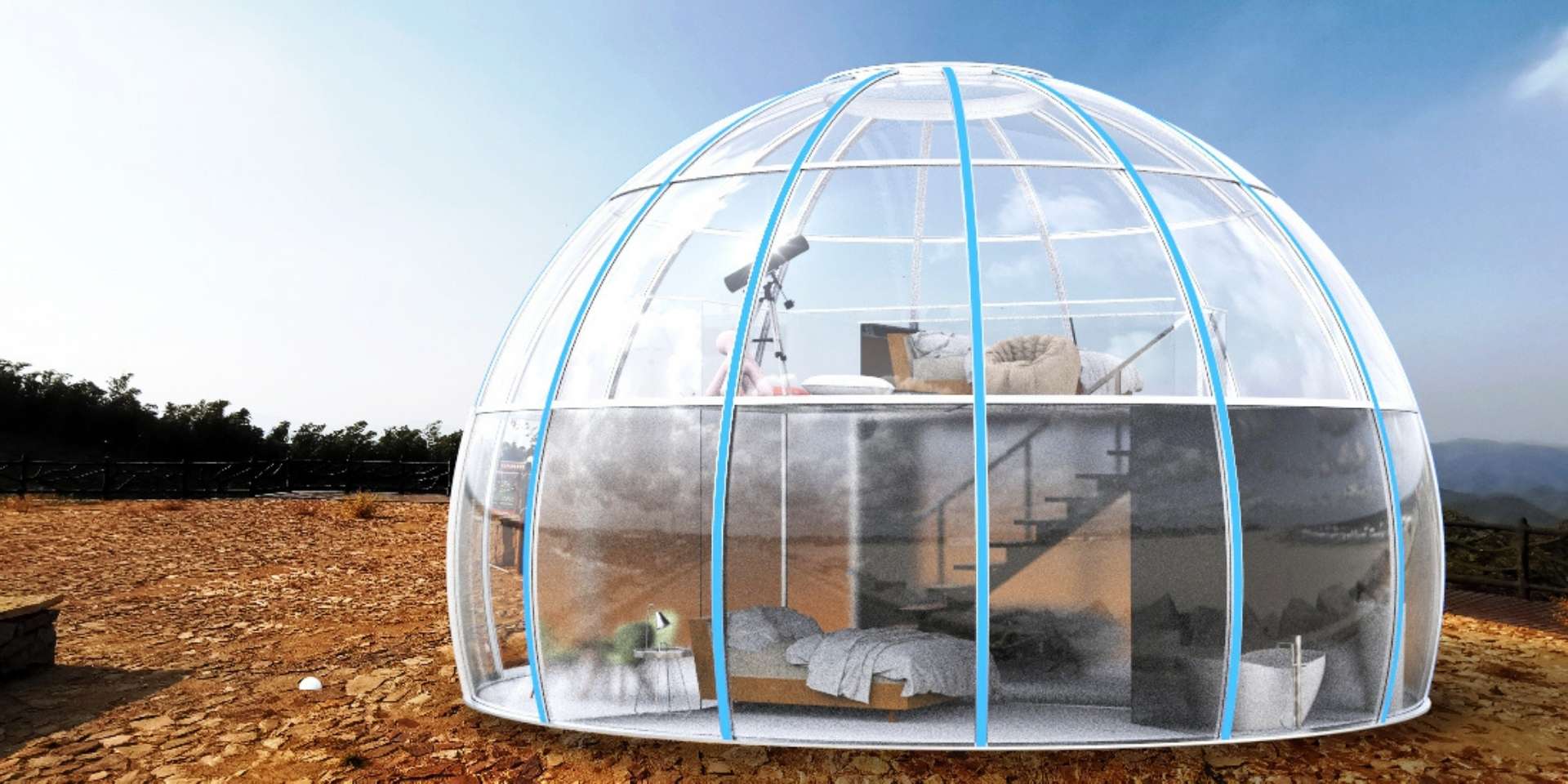One of the primary advantages of using domes in construction is their exceptional structural strength and stability. The curved shape of domes distributes forces evenly, allowing them to withstand extreme weather conditions, seismic activity, and other environmental stressors with minimal risk of collapse. This inherent stability makes domes well-suited for a variety of applications, including public buildings, sports arenas, and emergency shelters, where safety and durability are paramount.
Energy Efficiency and Thermal Performance
Domes are renowned for their energy efficiency and thermal performance, thanks to their minimal surface area-to-volume ratio and efficient use of materials. The spherical shape of domes minimizes heat loss and air leakage, reducing the need for heating and cooling systems and lowering energy costs over the long term. Additionally, the use of insulating materials and passive design strategies can further enhance the thermal performance of domes, making them ideal for sustainable and eco-friendly construction projects.
Versatility and Design Flexibility
Domes offer unparalleled versatility and design flexibility, allowing architects and builders to create unique and visually striking structures that stand out in any environment. From iconic landmarks and cultural centers to residential homes and commercial spaces, domes can be adapted to suit a wide range of architectural styles and aesthetic preferences. Their modular construction and scalable design make domes suitable for projects of varying sizes and complexities, providing endless possibilities for creative expression and innovation.
Cost-Effectiveness and Speed of Construction
Despite their innovative design and structural integrity, domes can be surprisingly cost-effective to build compared to traditional building methods. The use of prefabricated components, lightweight materials, and efficient construction techniques can significantly reduce labor and material costs, resulting in savings for both builders and clients. Additionally, the streamlined construction process of domes allows for faster project completion times, minimizing disruptions and delays and enabling faster occupancy and return on investment.
Cons: Limited Interior Space and Floor Plans
One of the drawbacks of domes is their inherently curved shape, which can limit interior space and floor plan flexibility compared to conventional buildings with flat walls and rectangular layouts. The spherical geometry of domes may pose challenges for arranging furniture, partitioning rooms, and optimizing usable space, particularly in larger structures where maximizing floor area is a priority. While creative design solutions and modular construction techniques can mitigate some of these limitations, it’s essential to consider the impact on functionality and usability when planning dome projects.
Complexity of Construction and Specialized Expertise
Constructing a dome requires specialized expertise and engineering knowledge due to its unique geometric properties and structural requirements. Building a dome involves intricate calculations, precise measurements, and careful attention to detail to ensure structural integrity and stability. Additionally, the complex geometry of domes may pose challenges for conventional construction methods and materials, requiring innovative approaches and customized solutions to overcome technical obstacles.
Maintenance and Repairs
While domes are renowned for their durability and longevity, they may require regular maintenance and occasional repairs to ensure optimal performance and structural integrity over time. The curved surfaces of domes can make cleaning and maintenance more challenging, particularly for large-scale structures with inaccessible areas. Additionally, exposure to environmental factors such as UV radiation, moisture, and temperature fluctuations can degrade materials and coatings, necessitating periodic inspections and refurbishments to prolong the lifespan of domes.
Perception and Acceptance
Despite their numerous advantages, domes may face resistance or skepticism from some individuals and communities due to their unconventional appearance and association with alternative or experimental architecture. Traditionalists may view domes as too avant-garde or impractical for mainstream construction, preferring more conventional building styles and materials. Overcoming negative perceptions and gaining widespread acceptance for domes may require education, outreach, and demonstration projects to showcase their benefits and potential for enhancing the built environment.
Weighing the Pros and Cons of Domes
In conclusion, the use of domes in construction offers a myriad of advantages, including structural strength, energy efficiency, design flexibility, and cost-effectiveness. However, they also present challenges such as limited interior space, complexity of construction, maintenance requirements, and societal perceptions. By carefully weighing the pros and cons of domes and considering their suitability for specific projects and contexts, builders and designers can harness the unique benefits of domes while addressing potential drawbacks to create innovative and sustainable structures for the future.
